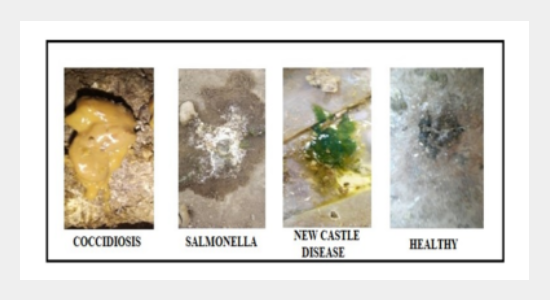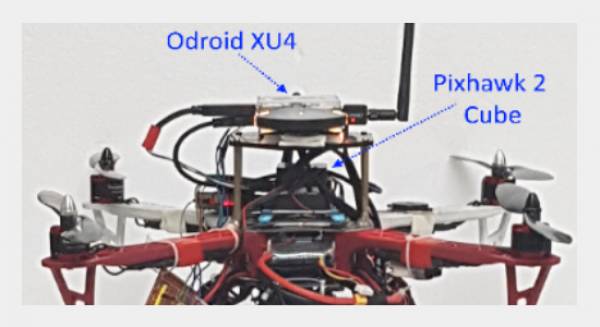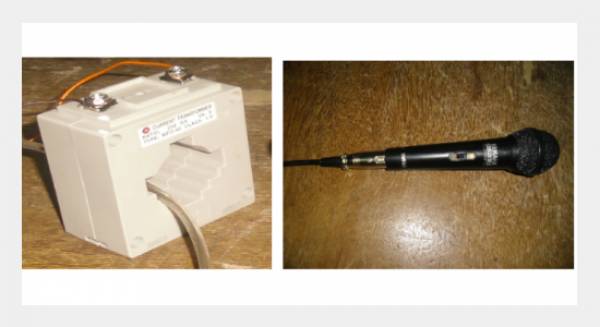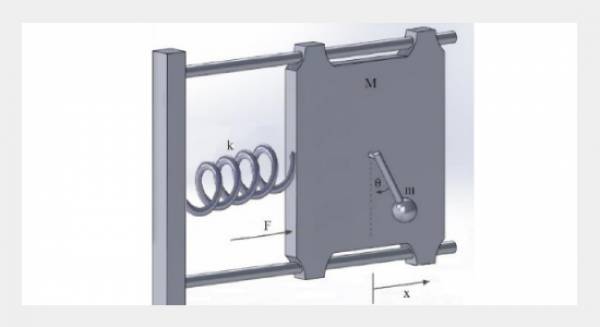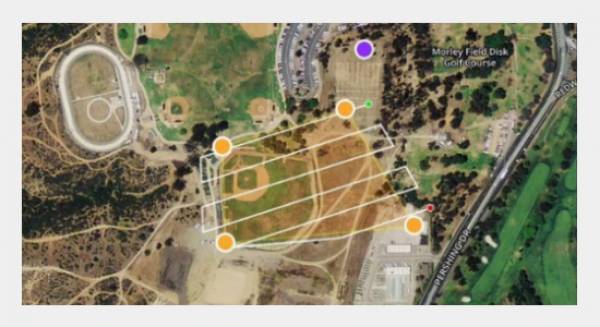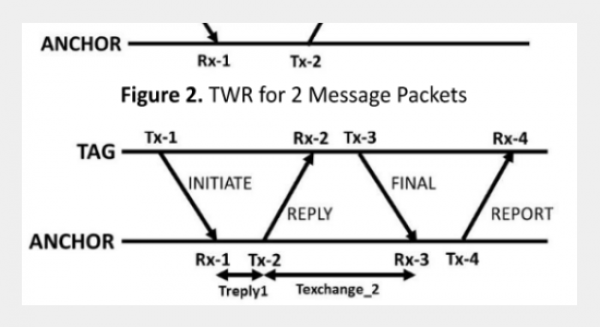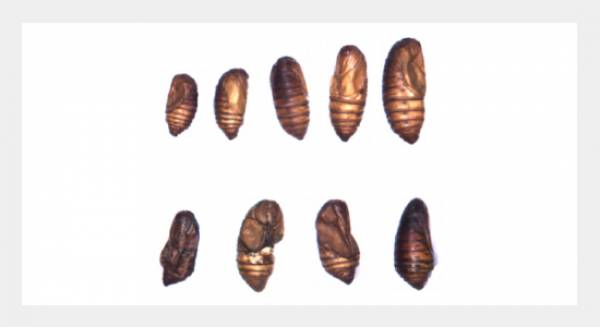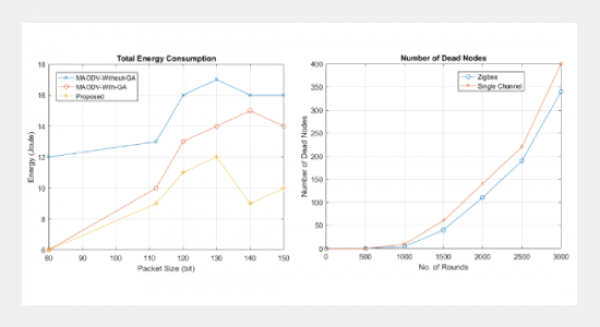REFERENCES
- [1] National Action Plan for Egg & Poultry-2022 For Doubling Farmers’ Income by 2022 Department of Animal Husbandry, Dairying & Fisheries Ministry of Agriculture & Farmers Welfare, Government of India.
- [2] Z. Zhang and Y. Han, “Detection of ovarian tumors in obstetric ultrasound imaging using logistic regression classifier with an advanced machine learning approach,” IEEE Access, vol. 8, pp. 44 999–45 008, 2020. https://doi.org/10.1109/ACCESS.2020.2977962
- [3] R. Ashraf, M. Habib, M. Akram, M. Latif, M. Malik, M. Awais, S. Dar, T. Mahmood, M. Yasir, and Z. Abbas, “Deep convolution neural network for big data medical image classification,” IEEE Access, vol. PP, pp. 1–1, 06 2020. https://doi.org/10.1109/ACCESS.2020.2998808
- [4] A. El-Kereamy, J. Kreuze, Z. Yin, D. Hughes, A. Ramcharan, K. Baranowski, P. Mccloskey, B. Ahmed, and J. Legg, “Deep learning for image-based cassava disease detection,” Frontiers in Plant Science, p. 1852, 10 2017. https://doi.org/10.3389/fpls.2017.01852
- [5] J. Ubbens, M. Cieslak, P. Prusinkiewicz, and I. Stavness, “The use of plant models in deep learning: an application to leaf counting in rosette plants,” Plant methods, vol. 14, no. 1, p. 6, 2018. https://doi.org/10.1186/s13007-018-0273-z
- [6] G. Owomugisha, J. Quinn, E. Mwebaze, and J. Lwasa, “Automated vision-based diagnosis of banana bacterial wilt disease and black sigatoka disease,” 06 2019.
- [7] M. Sadeghi, A. Banakar, M. Khazaee, and M. Soleimani,“An intelligent procedure for the detection and classification of chickens infected by clostridium perfringens based on their vocalization,” RevistaBrasileira de Ciencia Avıcola, vol. 17, pp. 537–544, 10 2015. https://doi.org/10.1590/1516-635X1704537-544
- [8] X. Zhuang, M. Bi, J. Guo, S. Wu, and T. Zhang,“Development of an early warning algorithm to detect sick broilers,” Computers and Electronics in Agriculture, vol. 144, pp. 102–113, 2018. https://doi.org/10.1016/j.compag.2017.11.032
- [9] P. Hepworth, A. Nefedov, I. Muchnik, and K. Morgan, “Broiler chickens can benefit from machine learning: Support vector machine analysis of observational epidemiological data,” Journal of the Royal Society, Interface / the Royal Society, vol. 9, pp. 1934–42, 02 2012. https://doi.org/10.1098/rsif.2011.0852
- [10] C. Hemalatha, S. Muruganand, and R. Maheswaran “Recognition of poultry disease in real time using extreme learning machine.” International Conference on Inter Disciplinary Research in Engineering & Technology, pp. 44-50, (2014).
- [11] K. Ferentinos,“Deep learning models for plant disease detection and diagnosis,” Computers and Electronics in Agriculture, vol. 145, pp. 311–318, 02 2018. https://doi.org/10.1016/j.compag.2018.01.009
- [12] H. Mbelwa, J. Mbelwa, and D. Machuve,” Deep convolutional neural network for chicken diseases detection,” International Journal of Advanced Computer Science and Applications, vol. 12, no. 2, pp. 759-765, 2021. https://doi.org/10.1016/j.compag.2018.01.009
- [13] D. Machuve, E. Nwankwo, N. Mduma, H. Mbelwa, E. Maguo, and C. Munisi,” Machine learning dataset for poultry diseases diagnostics,” Zenodo, 2021. https://doi.org/10.5281/zenodo.4628934
- [14] Y. LeCun, L. Bottou, Y. Bengio, and P. Haffner, “Gradient-based learning applied to document recognition,” Proceedings of the IEEE, vol. 86, no. 11, pp. 2278– 2324, 1998. https://doi.org/10.1109/5.726791
- [15] V. Nair and G. E. Hinton, “Rectified Linear Units Improve Restricted Boltzmann Machines” Proceedings of ICML. 27. 807-814,2010.
- [16] J. Bridle, “Training stochastic model recognition algorithms as networks can lead to maximum mutual information estimation of parameters,” Advances in neural information processing systems, vol. 2, pp. 211-217, 1989.
- [17] K. Simonyan and A. Zisserman, “Very deep convolutional networks for large-scale image recognition,” arXiv preprint arXiv:1409.1556, 2014. https://doi.org/10.48550/arXiv.1409.1556
- [18] K. He, X. Zhang, S. Ren, and J. Sun,“Deep residual learning for image recognition,” in Proceedings of the IEEE conference on computer vision and pattern recognition, pp. 770–778, 2016.
- [19] C. Szegedy, V. Vanhoucke, S. Ioffe, J. Shlens, and Z. Wojna, “Rethinking the inception architecture for computervision,” in Proceedings of the IEEE conference on computer vision and pattern recognition, pp. 2818–2826, 2016.


